Five Practices
Pancha Kriya
पञ्चक्रियाः
THE MINIMAL PRACTICES (ALSO KNOWN AS PANCHA NITYA KARMAS) TO NURTURE FUTURE CITIZENS WHO ARE STRONG, RESPONSIBLE, TOLERANT AND TRADITIONAL
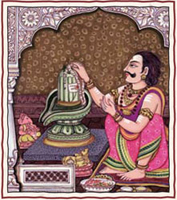 1. Worship
1. Worship
Upasana
उपासना
The dear children are taught daily worship in the family shrine room—rituals, disciplines, chants, yogas and religious study. They learn to be secure through devotion in home and temple, wearing traditional dress, bringing forth love of the Divine and preparing the mind for serene meditation.§
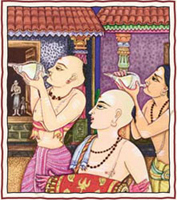 2. Holy Days
2. Holy Days
Utsava
उत्सव
The dear children are taught to participate in Hindu festivals and holy days in the home and temple. They learn to be happy through sweet communion with God at such auspicious celebrations. Utsava includes fasting and attending the temple on Monday or Friday and other holy days.§
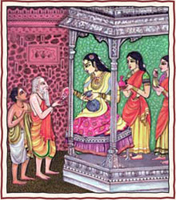 3. Virtuous Living
3. Virtuous Living
Dharma
धर्म
The dear children are taught to live a life of duty and good conduct. They learn to be selfless by thinking of others first, being respectful of parents, elders and swamis, following divine law, especially ahimsa, mental, emotional and physical noninjury to all beings. Thus they resolve karmas. §
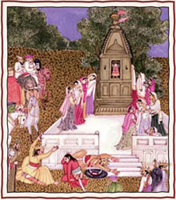 4. Pilgrimage
4. Pilgrimage
Tirthayatra
तीयेयात्रा
The dear children are taught the value of pilgrimage and are taken at least once a year for darshan of holy persons, temples and places, near or far. They learn to be detached by setting aside worldly affairs and making God, Gods and gurus life’s singular focus during these journeys.§
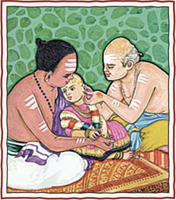 5. Rites of Passage
5. Rites of Passage
Samskara
संस्कार
The dear children are taught to observe the many sacraments which mark and sanctify their passages through life. They learn to be traditional by celebrating the rites of birth, name-giving, head-shaving, first feeding, ear-piercing, first learning, coming of age, marriage and death.§